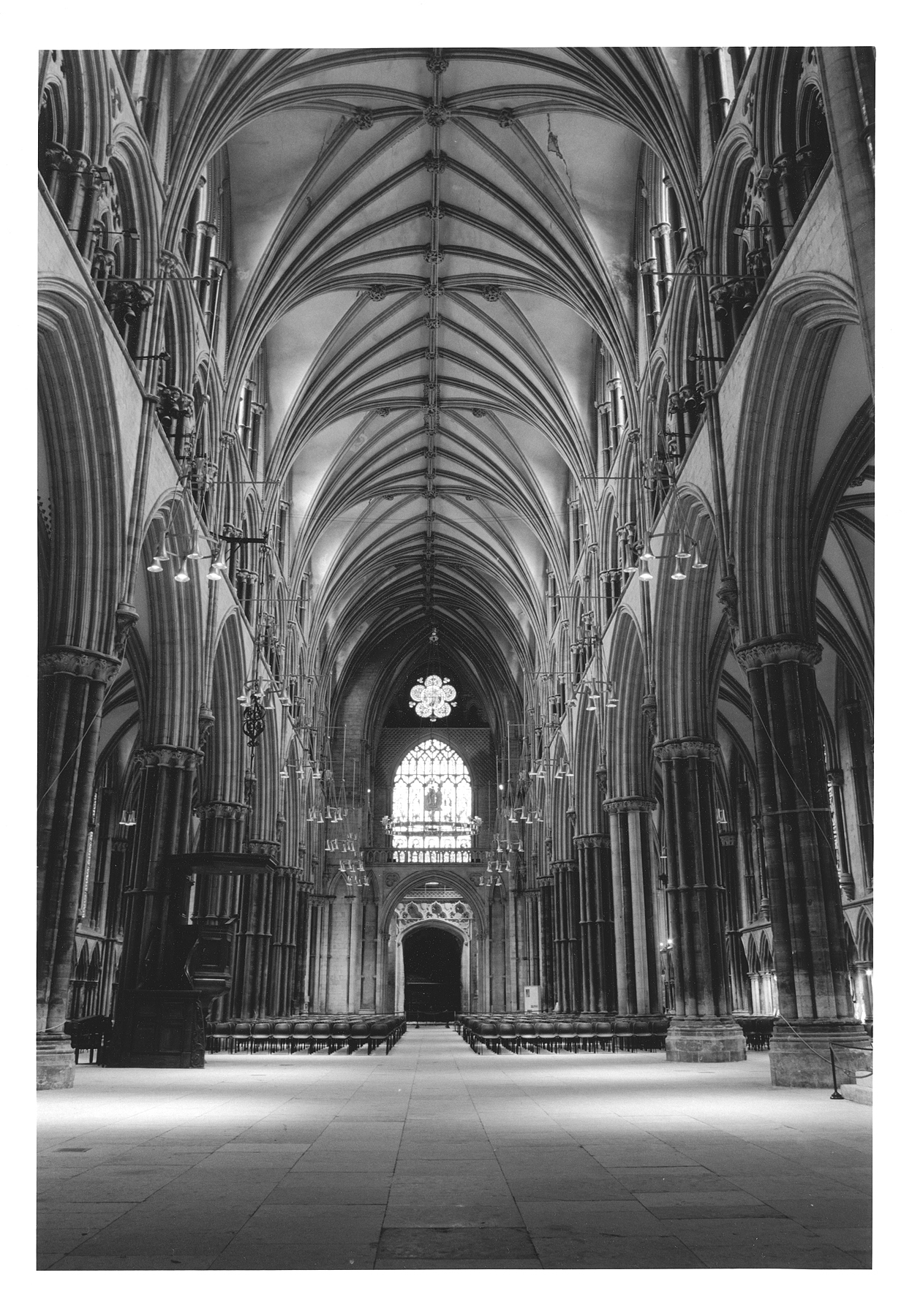Lincoln Cathedral Nave (looking West)
-
A
- Svenedin
- Location
- Lincoln, UK
- Equipment Used
- Olympus OM3-Ti, OM Zuiko 28mm f2.8
- Exposure
- +2 stops, quite long, 10 seconds or so, camera on tripod
- Film & Developer
- Kodak Tmax 100; Xtol 1+1
- Paper & Developer
- Ilford MGIV RC A4 grade 2; Tetenal Eukobrom
- Lens Filter
- None
- Digital Post Processing Details
- Resized for web
- I grant PHOTRIO permission to share this gallery image and previous images on their social media pages.
-
- Yes
- (optional) Preferred name for image credit on social media.
- Dr Stephen Perry
- Is this print for sale?
-
- Yes
| Photrio.com contains affiliate links to products. We may receive a commission for purchases made through these links. To read our full affiliate disclosure statement please click Here. |
PHOTRIO PARTNERS EQUALLY FUNDING OUR COMMUNITY:  |







